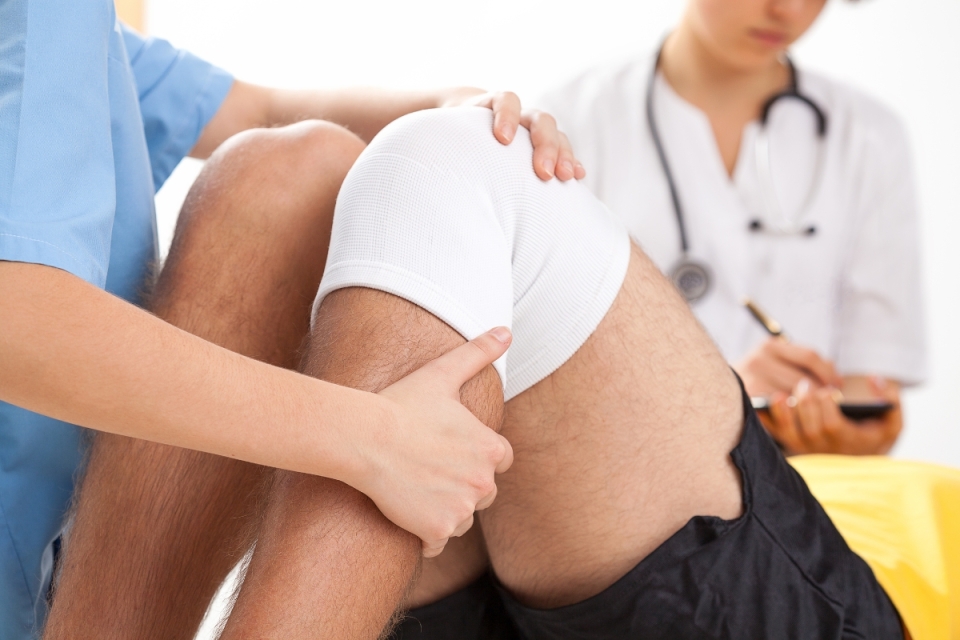2. Assess your symptoms and quality of life
Eventually, joint pain may negatively affect your mobility, daily activity level and quality of life. The pain can become more persistent and severe, causing joint stiffness, swelling and loss of motion. If you have hip or knee pain, you can develop a limp. This is the body’s way of compensating for a compromised joint. You may end up needing a walker or cane for stability and safety.
"Osteoarthritis is the result of a combination of multiple genetic and environmental components," says Dr. Werner. “The factors under our control are the ability to optimize diet and exercise and to maintain a healthy weight and activity level. A sedentary lifestyle will exacerbate the symptoms and being overweight will accelerate joint damage. The best medicine is prevention; however, in certain cases of prior trauma or genetic predisposition, the development of degenerative arthritis is unavoidable.”
3. Determine your goals and set expectations
Most who undergo joint replacement are seeking relief from pain, while others are hoping to resume their normal activities. It’s important that you understand what joint replacement surgery entails along with the associated risks. Staying motivated to complete the rehab process and have realistic goals and expectations following joint replacement surgery is key to your recovery.
"Patients generally are able to quickly restore function after a joint replacement procedure, but to maximize longevity, high-impact activities like running or jogging are best avoided," says Dr. Werner. “Remember, everyone progresses at their own comfort level while under the guidance of their surgeon and physical therapy team."
Advances in technology, surgical techniques, materials and treatment protocols have improved the outcomes in total joint replacement. Surgeries are performed with less invasive techniques, and improved accuracy and precision from computer navigation and robotic technologies. Overall total joint replacement is highly successful in relieving pain and restoring function, improving quality of life.
Related content
Knee-d to know
Thinking about a joint replacement? Discover what they’re made of – and what that means for your recovery.
Built to move and groove
Ready for a joint replacement that lasts? Discover how new technology is helping hips and knees stay stronger, longer.
From ache to action
Pat’s knee pain stole his favorite activities – until surgery changed everything. Here’s how he made his comeback.

